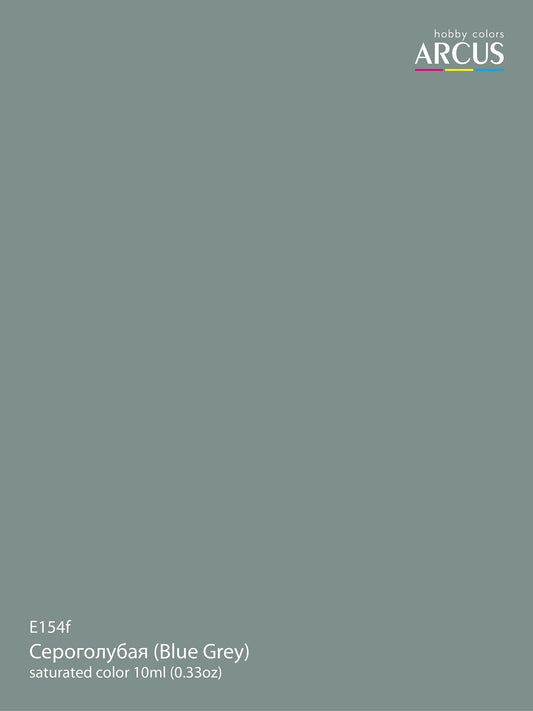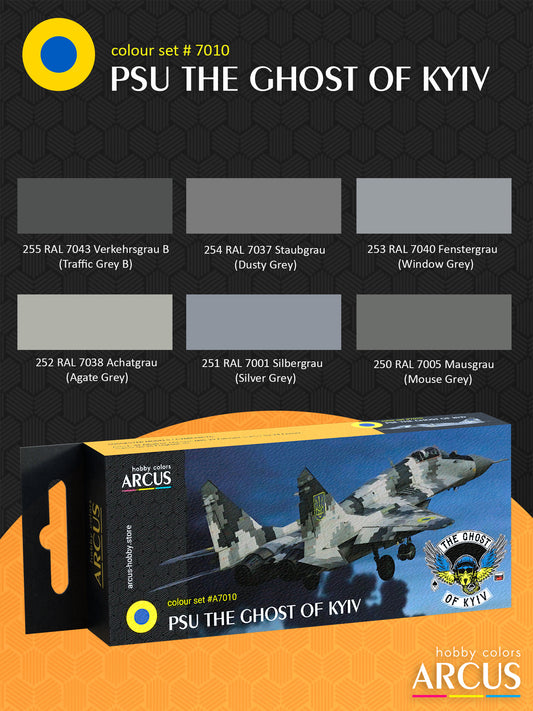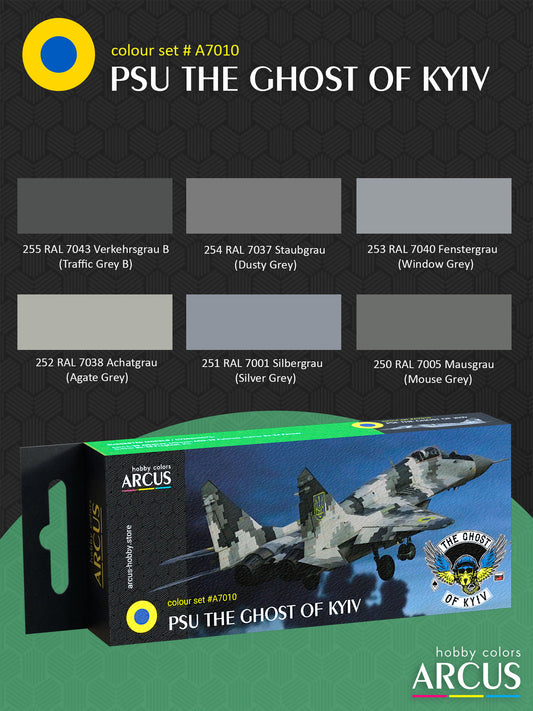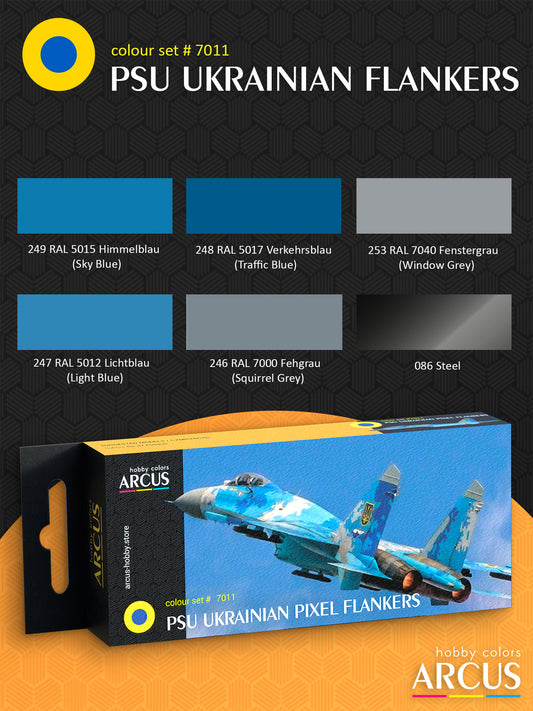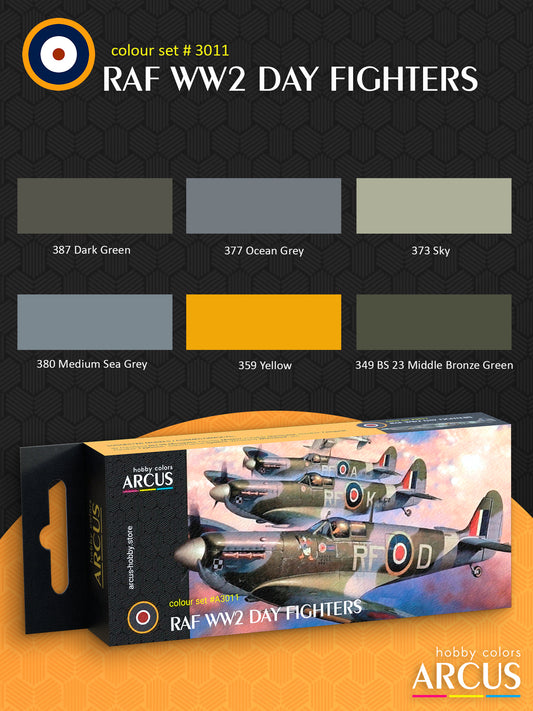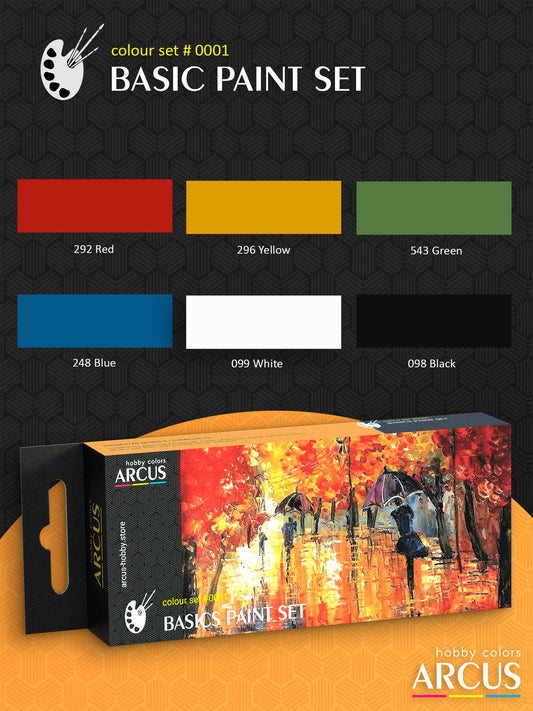Sa pagbagsak ng Unyong Sobyet, ang Soviet Air Force ay may higit sa 6,000 eroplano, na ginagawang pinakamalaking hukbong panghimpapawid sa buong mundo. Ang mga ito ay opisyal na itinatag noong 1946 matapos ang muling pagsasaayos ng aviation ng Hukbong Pula ng mga Manggagawa at Magsasaka pagkatapos ng Ikalawang Digmaang Pandaigdig.
Bukod sa pangunahing mga yunit, may iba pang mga espesyal na sangay ng Soviet Air Force, kabilang ang mga depensa sa himpapawid (PVO), hukbong pangdagat na aviation, aviation ng mga strategic missile forces, aviation ng airborne forces, aviation ng mga tagapagbantay ng hangganan ng KGB, at ang pwersang pangkalawakan.
Partisipasyon ng Soviet aviation sa mga digmaang militar
Pagkatapos ng Ikalawang Digmaang Pandaigdig, patuloy na nagpatupad ang Unyong Sobyet ng aktibong panlabas na patakaran. Sinusuportahan nito ang mga bansang may sosyalistang ideolohiya, samantalang ang Estados Unidos ay tumutulong sa mga demokratikong bansa. Ang tensyon sa pagitan ng dalawang panig ay nagresulta sa Cold War, na tumagal hanggang sa pagbagsak ng Sobyet noong 1991.
Ang Digmaang Koreano (1950–1953) ang isa sa mga unang malalaking digmaan sa panahong ito. Ang MiG-15 (NATO codename: "Fagot") ay unang nakipaglaban sa mga Amerikanong F-86 Sabre sa himpapawid. Bukod dito, ang mga piloto ng Soviet ay nakipagtagisan sa mga piloto mula sa Royal Air Force, French Air Force, at iba pang mga hukbong panghimpapawid ng Kanluran.
Noong 1950s, nagbigay ang Soviet Union ng humigit-kumulang 300 eroplano sa Hilagang Vietnam upang tulungan ito sa laban kontra Estados Unidos at mga kaalyado nito. Ang mga ito ay naging mahalagang bahagi ng Digmaang Vietnam, na tumagal ng halos dalawang dekada.
Ang pagtatapos ng 1950s ay nagdala ng bagong henerasyon ng mga supersonic aircraft sa Soviet Air Force. Kabilang dito ang MiG-21 (NATO codename: "Fishbed"), Su-7 ("Fitter-A"), at ang strategic bomber na Tu-22 ("Blinder").
Noong 1960s, ang ikatlong henerasyon ng mga eroplano ay idinagdag sa fleet, tulad ng MiG-25 ("Foxbat") na may bilis na higit sa Mach 3, at mga multi-role aircraft tulad ng MiG-23 ("Flogger") at Su-17 ("Fitter") na may variable wing geometry.
Noong 1980s, ang mga bagong henerasyon ng aircraft tulad ng MiG-29 ("Fulcrum") at Su-27 ("Flanker") ay idinagdag sa arsenal ng Soviet Air Force. Ang Tu-160 ("Blackjack"), na tinawag na "White Swan," ay naging simbolo ng kakayahang strategic ng Sobyet.
Ang Digmaan sa Afghanistan (1979–1989) ay isang mahirap na pagsubok para sa Soviet Air Force. Ginamit ang mga ito laban sa mga Mujahideen sa mga disyertong kapaligiran. Bukod dito, ang Soviet Union ay lumahok din sa mga digmaan sa Africa noong 1970s at 1980s, tulad ng Digmaang Ogaden at ang Digmaang Sibil sa Angola, kung saan ito nagbigay ng teknikal na suporta at mga eroplano sa mga kaalyado nito.
Sa huling bahagi ng 1980s, nasuspinde ang mga plano para sa mga ikalimang henerasyong fighter aircraft dahil sa pagbagsak ng ekonomiya at ang pagkasira ng Soviet Union noong 1991. Ang ilan sa mga eroplanong ito ay ginagamit pa rin sa mga bansang naging malaya matapos ang pagbagsak ng Sobyet.
Aling mga bansa ang gumamit din ng mga pintura ng Soviet aviation?
Sa panahon ng Cold War, ang Unyong Sobyet ay nag-supply ng kanilang mga eroplano at kagamitan sa kanilang mga kaalyado sa sosyalistang bloke. Sa mga bansang tulad ng Cuba, Hilagang Korea, Vietnam, at Angola, karaniwang pinapanatili ng mga sasakyang ito ang orihinal na Soviet camouflage. Bukod dito, ang Warsaw Pact—kabilang ang Czechoslovakia, Silangang Alemanya, Hungary, Poland, Romania, Bulgaria, at Albania—ay pangunahing umaasa sa Soviet aviation bilang pundasyon ng kanilang mga hukbong himpapawid.
Pagkatapos ng pagbagsak ng Unyong Sobyet noong 1991, ang mga eroplano ng Soviet ay naging pangunahing bahagi ng mga puwersa ng himpapawid ng mga bagong independiyenteng estado tulad ng Russia, Ukraine, Belarus, Kazakhstan, Armenia, Georgia, Azerbaijan, at Moldova. Habang inaangkop ng mga bansang ito ang kanilang sariling camouflage upang tumugma sa kanilang lokal na kondisyon, ang mga panloob na bahagi ng mga eroplano tulad ng cockpit, landing gear, at engine bay ay nananatili sa standard Soviet na kulay.
Mga camouflage ng Soviet Air Force noong Cold War
Pagkatapos ng Ikalawang Digmaang Pandaigdig, ang pangangailangan para sa camouflage sa mga eroplano ng Soviet ay bumaba. Ang atensyon ay nakatuon sa pagpapabuti ng performance ng mga eroplano, tulad ng bilis, saklaw ng paglipad, at altitude. Dahil ang matte camouflage ay nagbabawas sa aerodynamics, noong huling bahagi ng 1940s, ang mga eroplano ng Soviet ay kadalasang pinapahiran ng aluminum lacquer o hinahayaan na walang pintura, na nagpakita ng natural na metal na ningning.
Ngunit sa panahon ng Digmaan sa Afghanistan, muling bumalik ang camouflage sa Soviet aviation. Ang mga sasakyang panghimpapawid tulad ng MiG-21, Su-17, Su-22, at Su-25 ay binigyan ng mga multi-colored camouflage schemes na binubuo ng berdeng, kayumangging, at sandy na mga tono sa itaas na bahagi at asul na pintura sa ilalim. Samantala, ang mga reconnaissance aircraft tulad ng MiG-23 ay madalas pinapinturahan ng isang simpleng gray na scheme.
Sa pagdating ng mga mas bagong modelo tulad ng MiG-29 at Su-27, nag-shift ang Soviet aviation sa mas advanced na camouflage. Ang MiG-29 ay nakilala sa gray at green scheme nito, habang ang Su-27 ay may natatanging asul na camouflage na naging simbolo nito.
Mga standard ng kulay sa Soviet aviation
Noong panahon ng Ikalawang Digmaang Pandaigdig, ang mga pintura ng Soviet ay minamarkahan gamit ang mga numerical codes tulad ng AMT-4 (АМТ-4). Pagkatapos ng digmaan, nag-shift ito sa mga codes na naglalarawan ng uri ng pintura, hindi ang eksaktong kulay. Halimbawa, ang AS-1115 (АС-1115) ay nagpapahiwatig lamang ng uri ng pintura, habang ang mga kulay ay inilarawan gamit ang mga pangalan tulad ng emerald (изумрудный), sandy (песочный), at brown (коричневый). Ang ganitong sistema ay pinadali ang produksyon ngunit nangangailangan ng standardisasyon sa mga military unit upang mapanatili ang consistency ng kulay.
Ang camouflage ng Soviet aircraft ay idinisenyo para sa iba't ibang klima at heograpiya. Ang Soviet aviation ay naging aktibo sa mga rehiyon tulad ng Central Europe, Middle East, Africa, Asia, at Latin America, kung saan ang camouflage ay ginamit upang mabawasan ang visibility ng mga eroplano sa mga misyon nito.

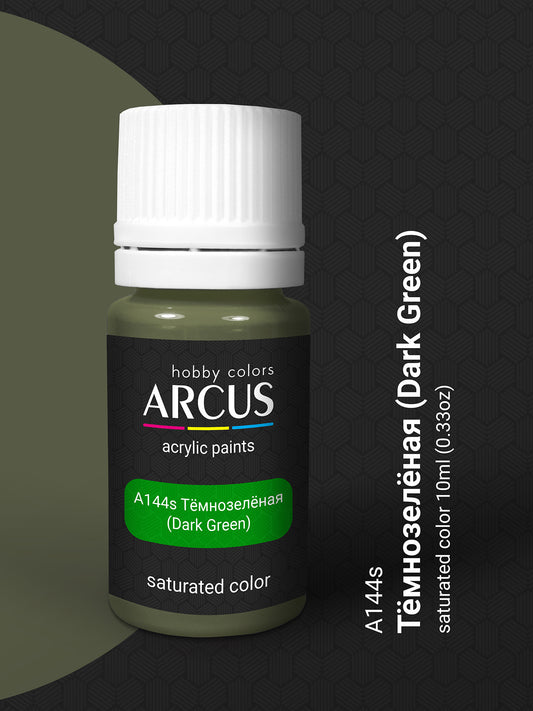 BentaVendor:Arcus HobbyRegular price $1.69 USDRegular priceUnit price per
BentaVendor:Arcus HobbyRegular price $1.69 USDRegular priceUnit price per
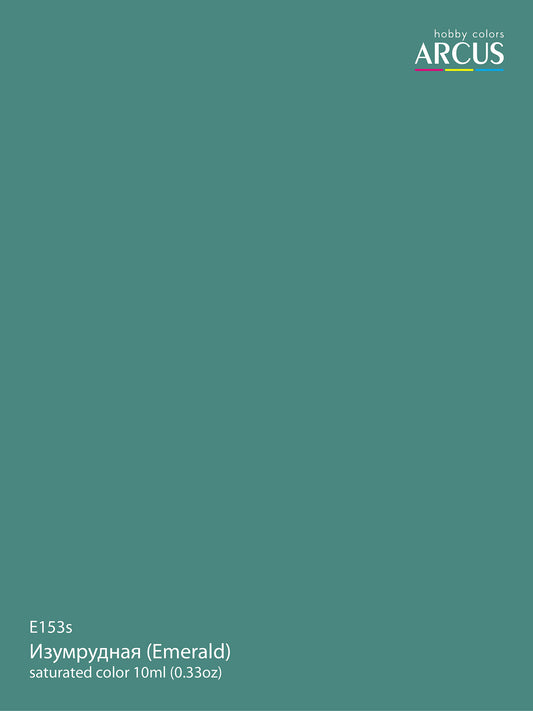 BentaVendor:Arcus Hobby PaintRegular price $1.69 USDRegular priceUnit price per
BentaVendor:Arcus Hobby PaintRegular price $1.69 USDRegular priceUnit price per








